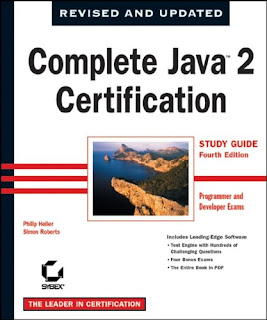Spring Interview Questions Part 5
Spring faq's -Part 5
34. How the AOP used in Spring?
AOP is used in the Spring Framework: To provide declarative enterprise services, especially as a replacement for EJB declarative services. The most important such service is declarative transaction management, which builds on the Spring Framework's transaction abstraction.To allow users to implement custom aspects, complementing their use of OOP with AOP.
35. What do you mean by Aspect ?
A modularization of a concern that cuts across multiple objects. Transaction management is a good example of a crosscutting concern in J2EE applications. In Spring AOP, aspects are implemented using regular classes (the schema-based approach) or regular classes annotated with the @Aspect annotation (@AspectJ style).
36. What do you mean by JointPoint?
A point during the execution of a program, such as the execution of a method or the handling of an exception. In Spring AOP, a join point always represents a method execution.
37. What do you mean by Advice?
Action taken by an aspect at a particular join point. Different types of advice include "around," "before" and "after" advice. Many AOP frameworks, including Spring, model an advice as an interceptor, maintaining a chain of interceptors "around" the join point.
38. What are the types of Advice?
Types of advice:
Before advice: Advice that executes before a join point, but which does not have the ability to prevent execution flow proceeding to the join point (unless it throws an exception).
After returning advice: Advice to be executed after a join point completes normally: for example, if a method returns without throwing an exception.
After throwing advice: Advice to be executed if a method exits by throwing an exception.
After (finally) advice: Advice to be executed regardless of the means by which a join point exits (normal or exceptional return).
Around advice: Advice that surrounds a join point such as a method invocation. This is the most powerful kind of advice. Around advice can perform custom behavior before and after the method invocation. It is also responsible for choosing whether to proceed to the join point or to shortcut the advised method execution by returning its own return value or throwing an exception
39. What is Spring's JdbcTemplate ?
Spring's JdbcTemplate is central class to interact with a database through JDBC. JdbcTemplate provides many convenience methods for doing things such as converting database data into primitives or objects, executing prepared and callable statements, and providing custom database error handling.JdbcTemplate template = new JdbcTemplate(myDataSource)
40. What is PreparedStatementCreator ?
PreparedStatementCreator:
Is one of the most common used interfaces for writing data to database.
Has one method – createPreparedStatement(Connection)
Responsible for creating a PreparedStatement.
Does not need to handle SQLExceptions.
41. What is SQLProvider ?
SQLProvider:
Has one method – getSql()
Typically implemented by PreparedStatementCreator implementers.
Useful for debugging.
42. What is RowCallbackHandler ?
The RowCallbackHandler interface extracts values from each row of a ResultSet.
Has one method – processRow(ResultSet)
Called for each row in ResultSet.
Typically stateful.



